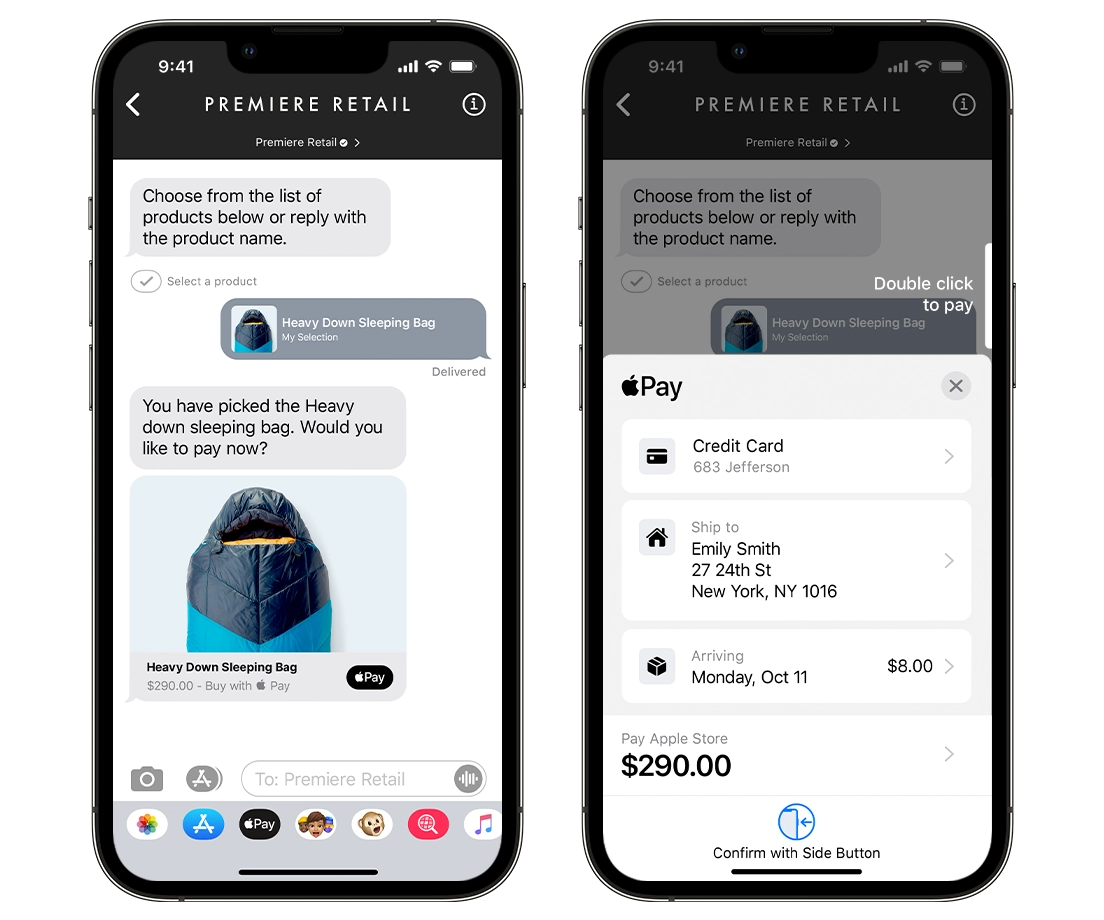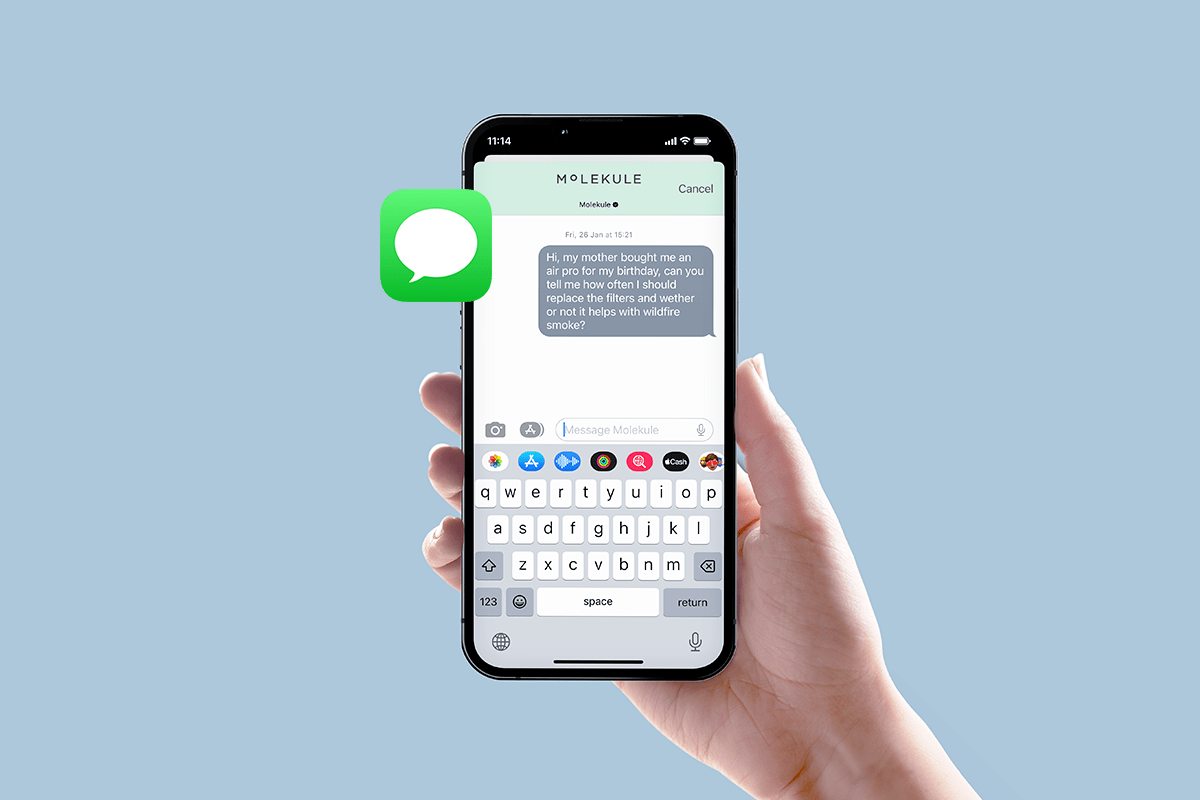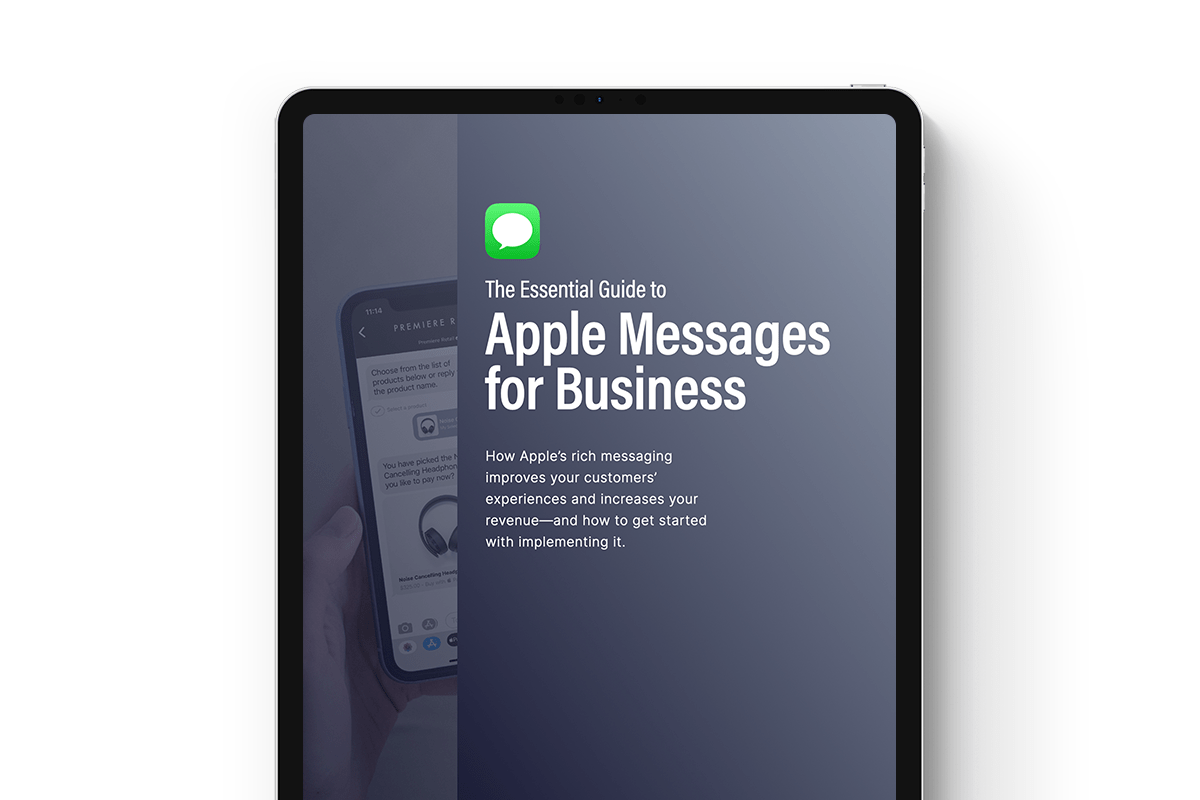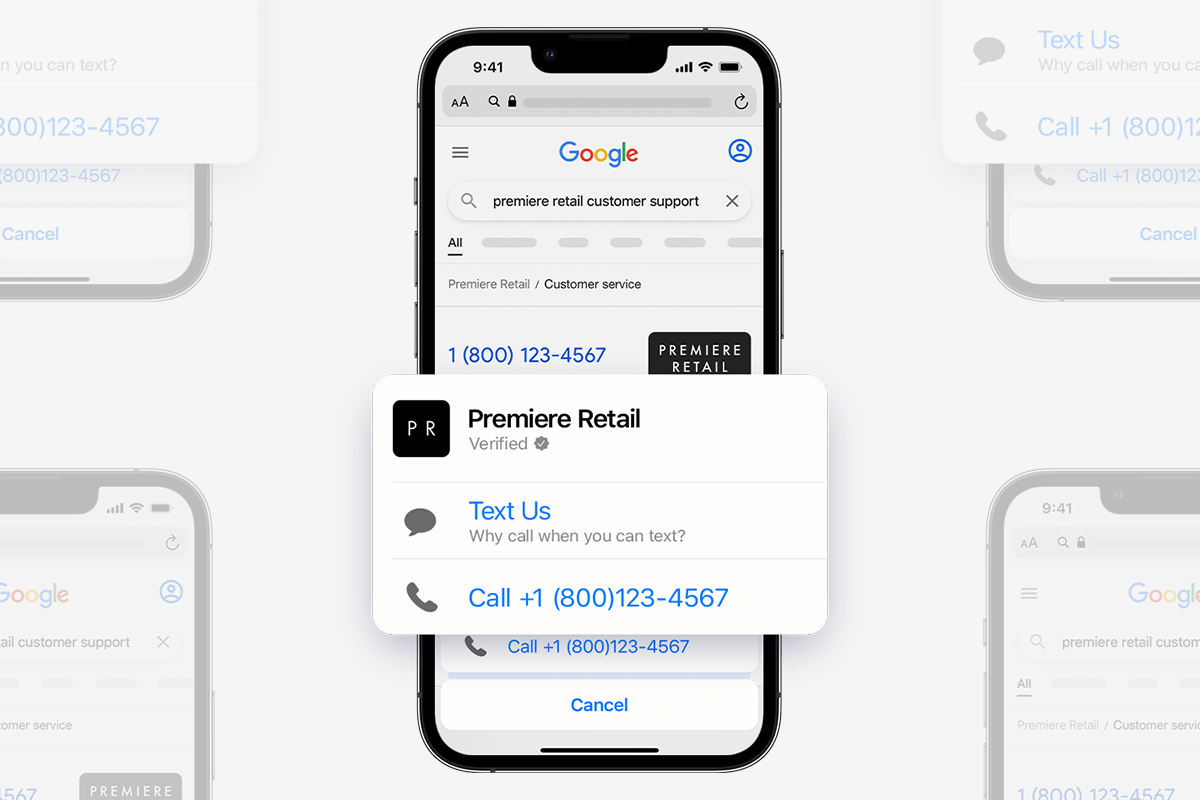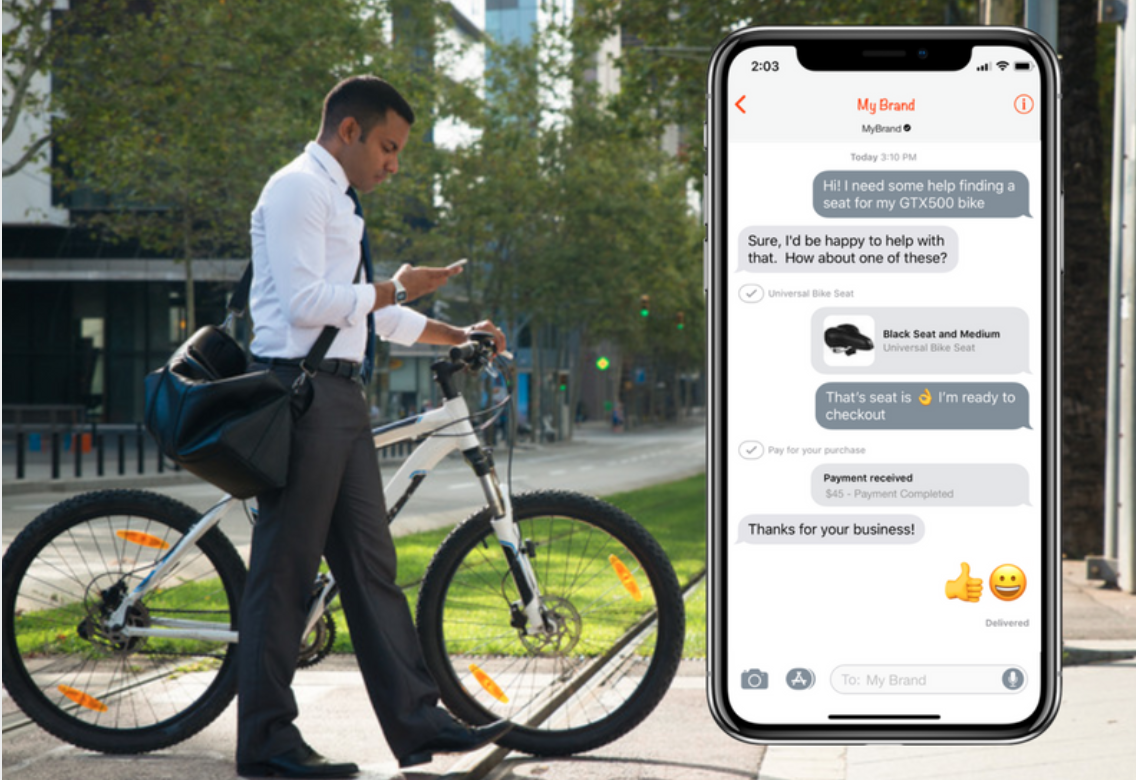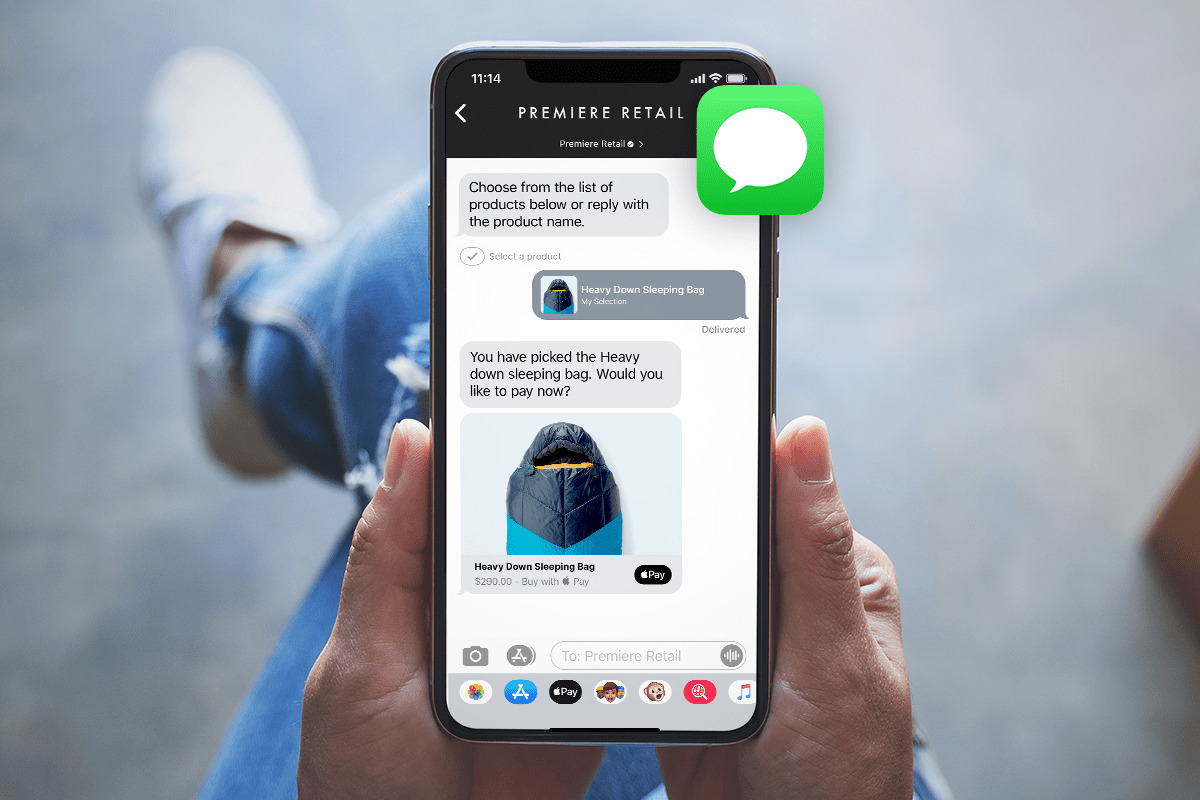Apple Messages for Business
Meet your customers
where they’re at with
Apple Messages for Business.
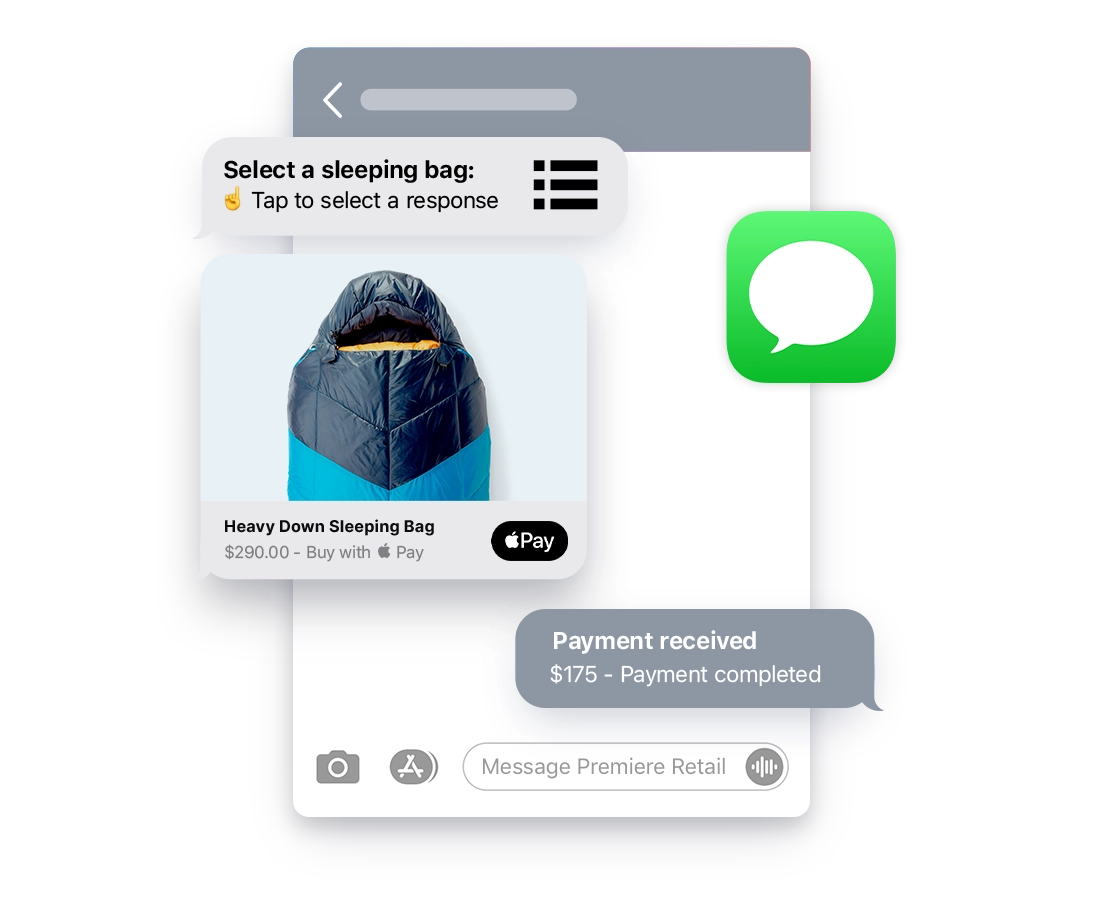
Trusted by leading CX-obsessed brands.
“Overall, there was very much a feeling of an embrace and a safety net from the Quiq team that made it feel like we were always supported and ready to help us take the next step. ‘We’re ready when you are,’ was the feeling I always got from our Quiq team.”
Joe Gilgoff
VP of Customer Care, Daily Harvest
Put your business front and center.
With Apple Messages for Business, your customers can connect with you through the Messages app to get answers to questions, schedule appointments, and complete transactions with Apple Pay right from their Apple devices.
Give your customers an easy way to
connect with you.
A simple tap of the Message icon—that’s all it takes for customers to contact your business from their Apple device with Messages for Business when they search Maps, Siri, Safari, Spotlight, or your company’s website. Quiq’s enterprise-grade software makes integration with your CRM seamless.
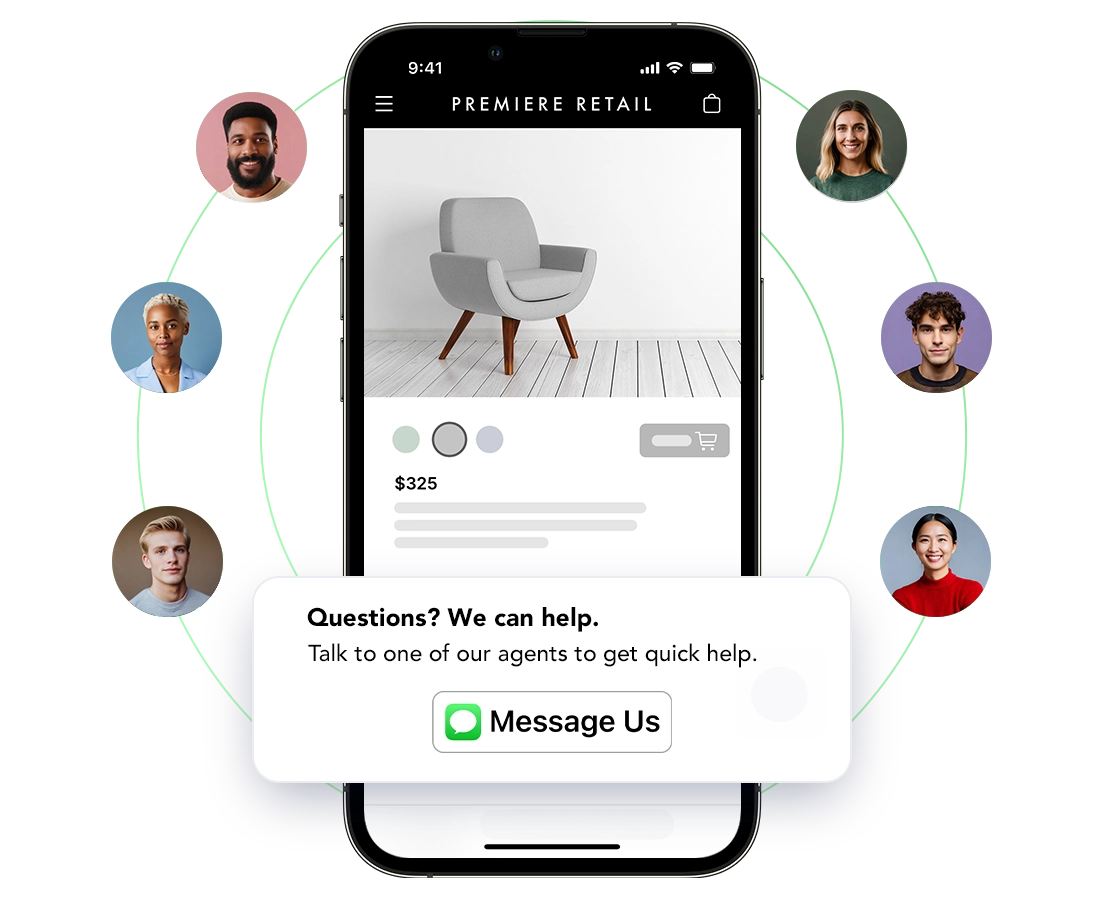
Delight your customers with rich
messaging.
Rich messaging has been dubbed “the next generation SMS”—and it’s expected to surpass SMS as the primary protocol for messaging services. Engaging with images, GIFs, and videos is second nature to your customers. But that’s something you can’t do over plain text/SMS messaging. Quiq can help you integrate Apple Messages for Business’ rich messaging into your customer communications—giving your customers a sensory-rich shopping and customer service experience.
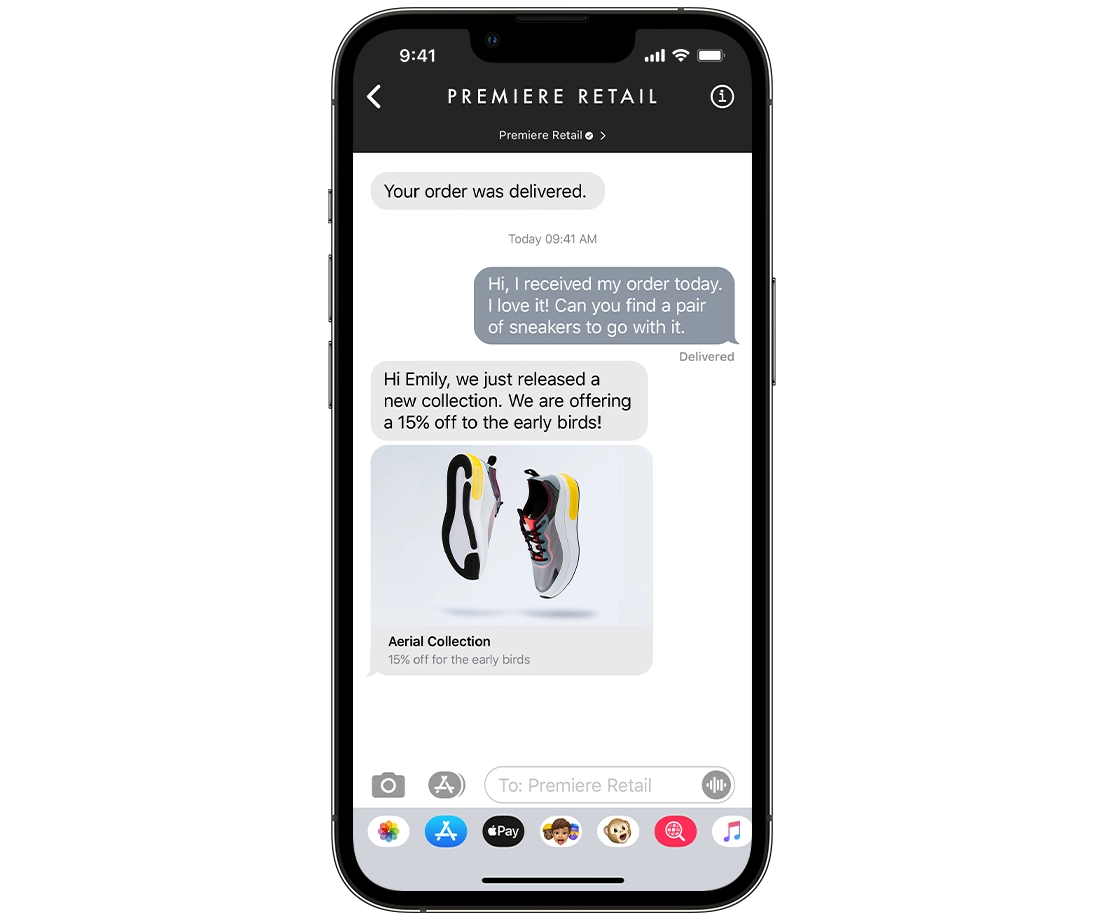
Get the essential guide on
Apple Messages for Business.
Expand your reach. One solution that
spans platforms.
With 1.8 billion active Apple devices, the iOS market is critical to all businesses. The more accessible your brand is on your customers’ preferred channels, the more likely they interact with your brand. Quiq’s business chat software enables your brand to be integrated into the Apple ecosystem—expanding your reach across platform boundaries and delivering a consistent user experience across all popular channels.
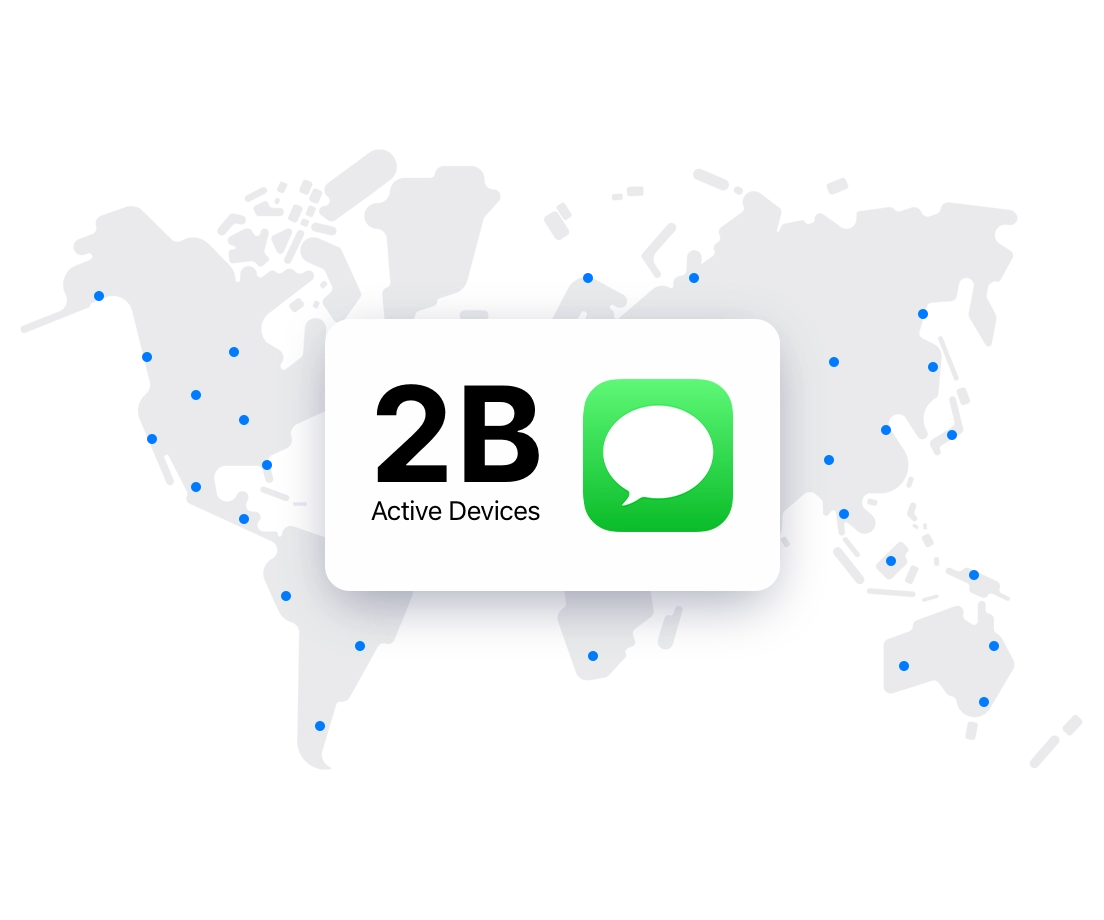
Boost your business with these features:
-
Receive money
Complete transactions by simply sending an Apple Pay message.
-
Present choices
Allow your customers to select their choices from lists with images.
-
Schedule times
Easily schedule appointments or deliveries with integration into the customer’s calendar.
-
Link to an app
Link directly into your app to perform more complex interactions.
-
Verify identity
Validate user identity with built-in authentication based on OAuth.
Discover what Apple Messages for Business
can do for you.
Refine your customer service with
Message Suggest.
64% of people say they prefer messaging to a phone call. Message Suggest is a prompt that helps iPhone users start a conversation using iMessage for Business, instead of making a phone call. By shifting call volume to messaging, you save money, your team can help more customers at once, and your customers get quick, personalized responses.
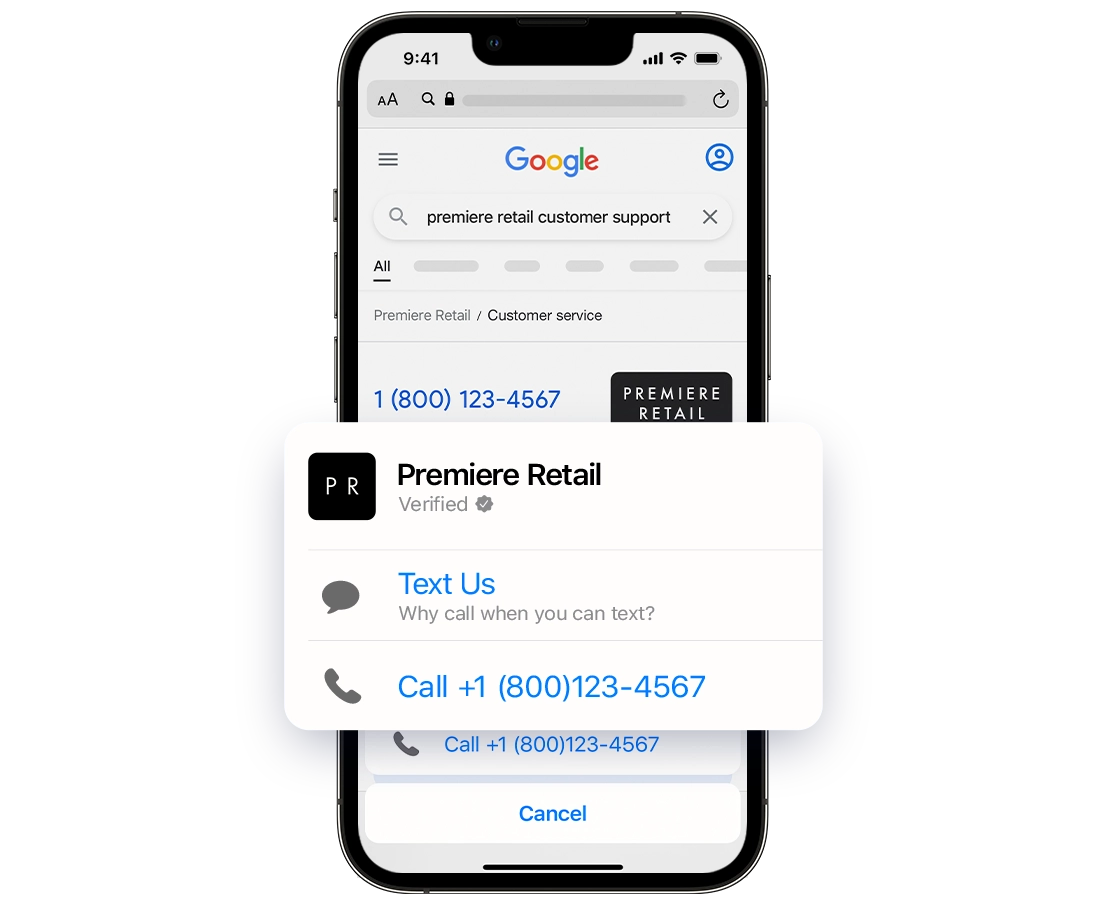
Set your agents up for success.
Messages for Business has a better agent-to-customer ratio than either voice or live chat, freeing up agents to:
- Help more customers
- Reduce wait times
- Boost productivity
Quiq’s cross-channel interface makes it easy to handle incoming messaging conversations from multiple sources—including Messages for Business—allowing agents to:
- Send their own enhanced messages
- Access messages pre-built by administrators
- Send rich content
- Complete transactions with Apple Pay
- Schedule appointments with customers quickly and easily
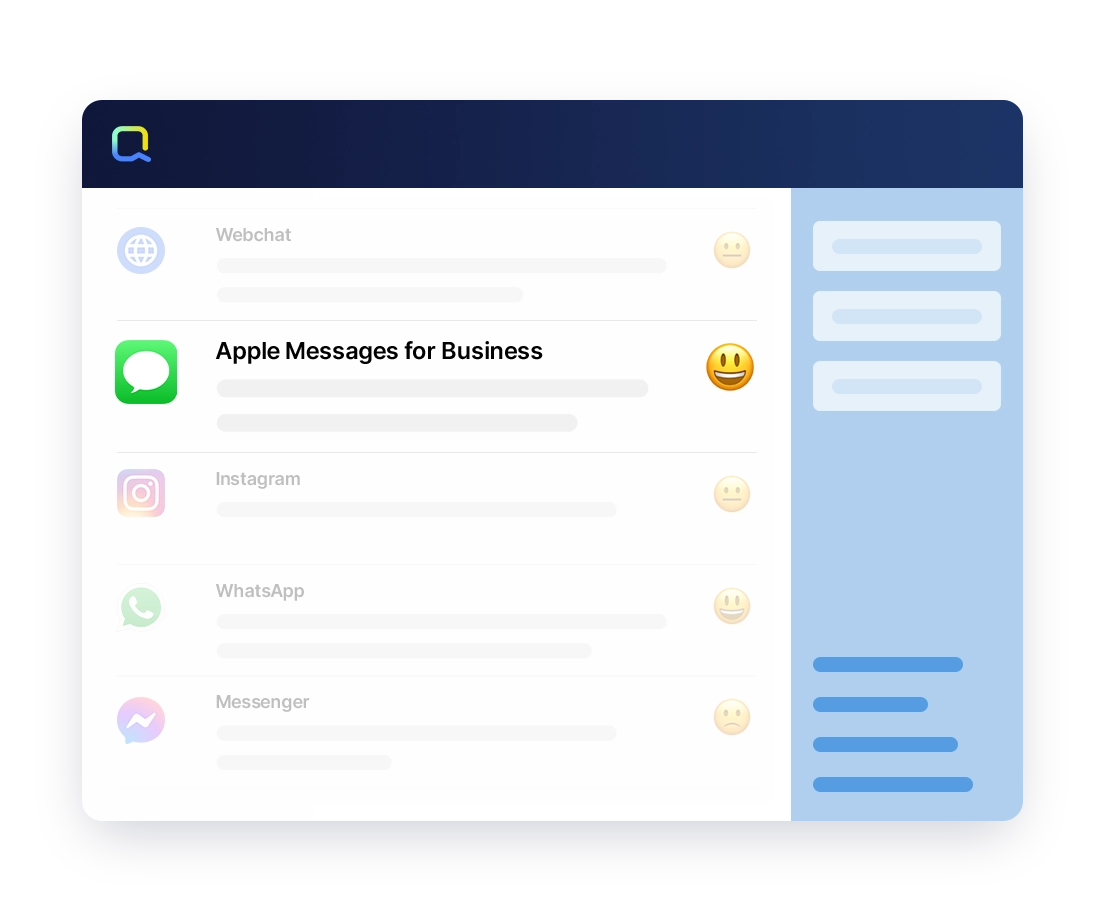
Make more meaningful connections.
Consumers expect convenient ways to connect with your business, so you need a messaging toolkit that serves them wherever they are. With Apple Messages for Business, your customers can communicate directly with agents during crucial moments in their buying journey. Whether your current conversational commerce strategy is robust or brand new, Quiq will work with you to set up Messages for Business and customize your messaging tools, including Apple messaging for business partners, to match your company’s—and customers’—unique needs.
